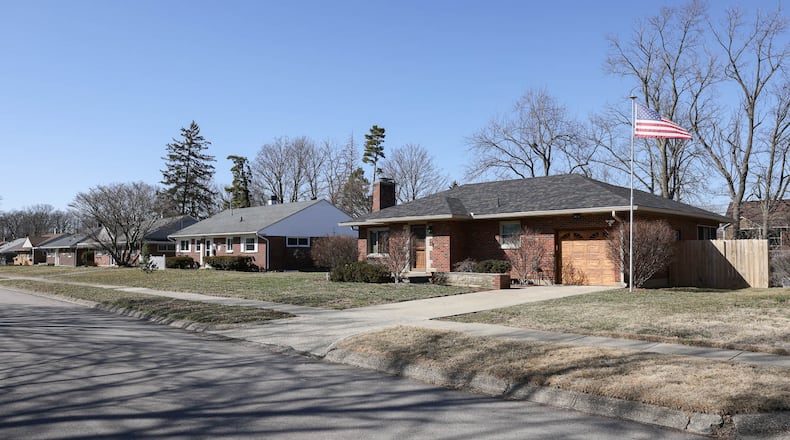The 10th version of HB 186 also provides a temporary $465 million offset over two years to school districts — keeping revenues steady at 2024 levels — using expanded state sales tax holiday funds.
Republican state Rep. David Thomas put things in stark perspective when urging House members to support the bill.
“$1.7 billion. If we do nothing, that is the amount of taxpayer dollars that will be paid by our property owners above inflation due to the 20-mill floor, due to increased property values and a policy at the school level that we as the legislature are ultimately responsible for,” he said.
Thomas has said they essentially took a “time machine” approach, going back to 2022 — when property values ballooned and many tax bills subsequently exploded — and compared property value increases to inflation rates. The difference between the two numbers, Thomas explained, determined the credit amount HB 186 provides. This strategy effectively provides a future tax credit for previous amounts paid in excess of the rate of inflation.
He said they are applying the modification statewide in school districts that are at the 20-mill floor, where value increases produced huge tax windfalls throughout the mandated property reappraisal schedule over the past few years, “the (modification) allows us to give a direct credit and decrease to all those properties. We wanted to treat everyone at the same time and fairly.”
According to the Legislative Service Commission fiscal report, the tax credits would total $432 million next year, $608 million in 2027 and $633 million the year after that.
Paul Imhoff, director of governmental relations for the Buckeye Association of School Administrators, who implored the Ways and Means Committee, to not penalize schools with credits, told this media outlet, “this represents a bipartisan approach to this issue that successfully balances the needs of the taxpayers and the needs of Ohio students.”
Rep. Dan Troy, D-Willowick also appreciated the state is finally putting “skin in the game.”
He offered an amendment that would restore the 10% non-business and 2.5% owner-occupied property tax rollbacks that were eliminated in 2013. The effort failed.
The 20-mill floor is seen as the culprit behind the huge property tax spikes that are crippling many homeowners. According to a September report by the Legislative Services Commission, 477 of 611 school districts were on the floor last year. The bulk of the districts are in rural areas and only 25 are urban school districts.
Ohio law says once a school district’s total current expense millage is reduced to 20 mills, it cannot be reduced any further, so tax revenues grow as property values increase.
House lawmakers also approved a drastically revised version of House Bill 335, that will save an estimated $620 million to $763 million over three years by capping inside millage to the gross domestic product (GDP) deflator.
Counties, cities, townships, villages and schools all share up to 10-mills of what’s called inside millage. Revenue from that source grows with value spikes and isn’t impacted by the 20-mill floor factor, so everyone will benefit from the inflation cap.
Rep. Sean Brenner, D-Parma tried and failed to amend HB 335 to insert a provision that would double the Homestead exemption for needy seniors, the disabled and veterans.
“The state of Ohio can afford to do this,” he said “Our budget is healthy, our revenues are strong, our rainy day fund is overflowing and friends, if you’ve been listening to our seniors and homeowners lately you know they’re reeling from a raging storm.”
Both bills now go to the Ohio Senate for consideration.
The legislature has introduced 853 bills this year and 40 touch property tax reform, there were 23 similar bills in the last General Assembly. The last time the state ponied up money — there was also an $18,000 Homestead add-on for surviving military spouses — for property tax reform was in the 2023-24 biennium budget when they indexed the Homestead exemptions to inflation.
During a press conference after the session House Speaker Matt Huffman, R-Lima, was asked whether the state should pay for more reforms.
He said the state already pays $2 billion toward local property taxes, not including the new provision in HB 186 and “I don’t think that’s the way to go for the state to just keep writing checks.”
About the Author
